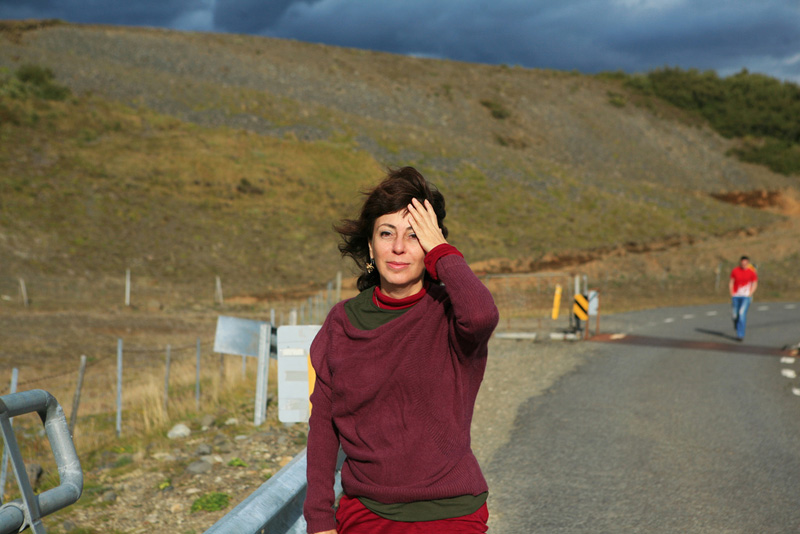
Dinah Salama (Madrid)
Licenciada en Bellas Artes y Filosofía y Letras en Madrid, cursó también estudios de escenografía e ilustración en Madison.
Ha dibujado y pintado desde que era niña, como la que crece con un tic. Más adelante, la fotografía empezó a influir mucho en su obra. Quiso descifrarla, abrirle las tripas y mezclarla con el olor a pintura. De esta experimentación nacen sus exposiciones en el Círculo de Bellas Artes de Madrid (2000) y en el Instituto Cervantes de Estambul y Tánger (2007), como representante de la cultura sefardí.
El dibujo, la pintura y la fotografía han seguido fundiéndose en trabajos de ilustración como Delta, Condiciones de luna o Amaranta en Venecia.
En los últimos años se ha centrado en la ilustración de poesía. “La poesía me ha acompañado siempre, llenando los huecos que la vida no podía llenar”. Lee y relee hasta que surge una imagen que evoque algo. Descomponiendo, rompiendo, pegando, diseccionando y volviendo a componer, un método de trabajo en el que lleva inmersa ya quince años.
Lucha contra el barroquismo y huye de lo cursi y de los tópicos en un proceso en el que a veces sufre, “porque es difícil llegar a lo que sólo intuimos, un boceto en la cabeza”.
Dinah Salama (Madrid)
Dinah has a bachelor’s degree in Fine Arts and a bachelor’s degree in Philosophy from the Universidad Complutense of Madrid, and has also studied Set Design and Illustration in Madison, Wisconsin.
Dinah has drawn and painted since she was a little girl, whether she liked it or not. Later, photography came to influence her work greatly. She wanted to decipher it, to rip open its belly and mix it with the smell of fresh paint. From such experimentation arose her exhibitions in the Círculo de Bellas Artes in Madrid (2000) and the Instituto Cervantes in Istanbul and Tangiers (2007), the latter as a representative of Sephardic culture.
Drawing, painting and photography have continued to mix in works such as Delta, Condiciones de luna o Amaranta en Venecia.
In recent years, Dinah has dedicated herself to illustration of poetry: “poetry has accompanied me always, filling the holes that life could not fill”. She reads and rereads a poem until an image strikes her. She breaks images, strips them, rips them, dissects them, and then makes them whole again, a methodology with which she has now worked for more that fifteen years.
She fights against the baroque and runs away from clichés, and in the process sometimes suffers, she says, “because it is difficult to arrive at what we can only sense, at a vague sketch in the mind.”
